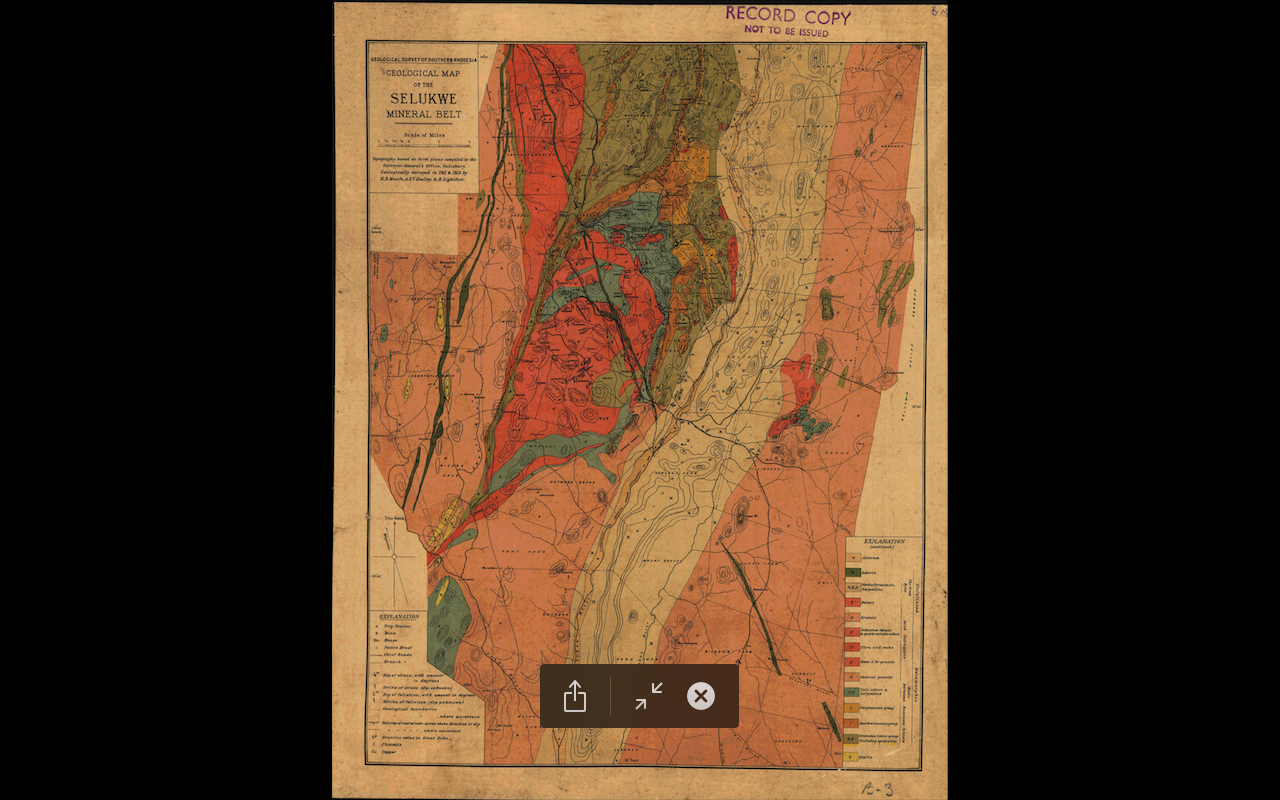Mining for Gold: How to Identify Gold Fields Using the Government of Zimbabwe's Gold Geological Database

Image Source: FreeImages
The Zimbabwean government launched its first ever gold geological database in 2014. The initiative was intended to help the country’s mining industry to unlock hidden gold fields by making the data easily accessible and searchable online. This article will explain how miners and explorers can identify areas with a high probability of containing undiscovered gold deposits using the database. It gives step-by-step instructions on how to use the database and what to look for when carrying out these searches. The article also covers how to use Google Earth, how geospatial technology is being used in mining, and various resources available online that map out where known gold deposits are located around the world.
What is in the Gold Database?
The Zimbabwean government has made all their data on gold deposits available on their website. This includes information on known gold deposits, their location, size, depth, and host rock. The database also contains data on gold exploration companies, the minerals they are looking for, and the areas where they are conducting exploration. The government is also planning to add information on the country’s mineral resource base, exploration programs, and progress on new mining operations. The database currently has more than 4,000 records, with more being added on a weekly basis.
Geospatial Technology and its benefits for mining
Geospatial technology is the use of mapping and location data to solve problems. Data mining is one of the most common uses of geospatial technology in the mining industry. It is the process of exploring large databases for specific information that you are looking for. By using geospatial technology, miners can identify and map out areas with a high probability of containing undiscovered gold deposits. They can do this by searching large databases for areas with similar characteristics as known gold deposits. These include the host rock, location, size, and depth of the deposits.
Step 1: Download the Government of Zimbabwe’s Gold Geological Database
The first step in identifying the location of undiscovered gold deposits is to download the government’s gold geological database. The database can be found on the Zimbabwe Mining Development Corporation (ZMDC) website. The ZMDC is the state mining company responsible for mining gold in Zimbabwe. The website is www.zmdc.co.zw/data-and-report/geological-data/ The database is available in both hard copy and digital format. Hard copy can be purchased from the ZMDC offices in Harare, Bulawayo, and Beitbridge. Digital copies can be purchased online via the ZMDC website.
Step 4: Conclusions
TheGovernment of Zimbabwes gold geological database is the first of its kind in the country’s history. Not only does it provide information on known gold deposits, but it also makes it possible for miners to identify undiscovered gold fields by searching for areas with similar characteristics to known deposits. Geospatial technology is one of the most useful tools for doing this. Moreover, the database will be updated on a regular basis, which is crucial for keeping track of progress in the mining sector. And as the Zimbabwean mining industry continues to rise from the ashes, it will be crucial for miners to use all the tools at their disposal to find new gold deposits.



Comments ()